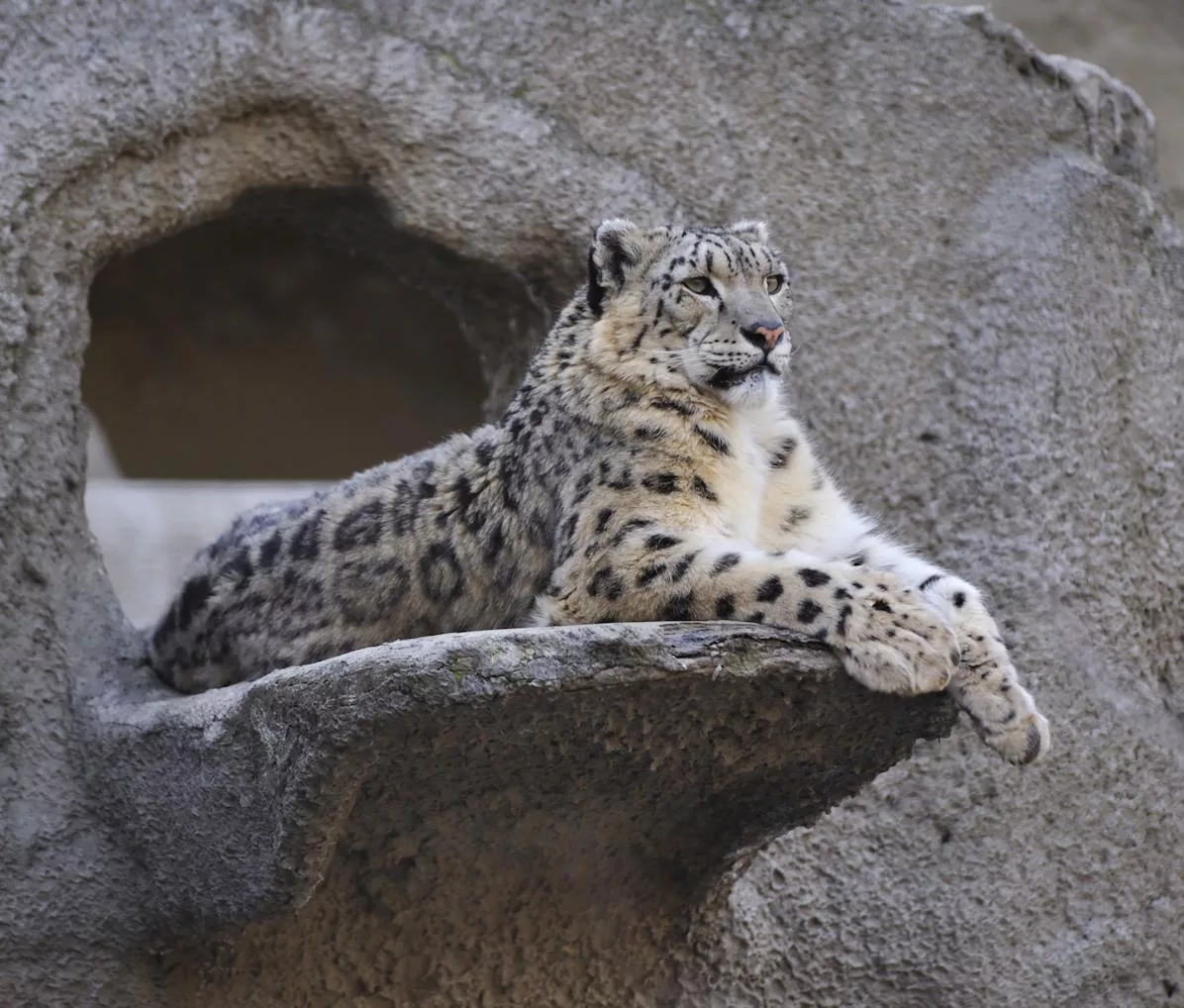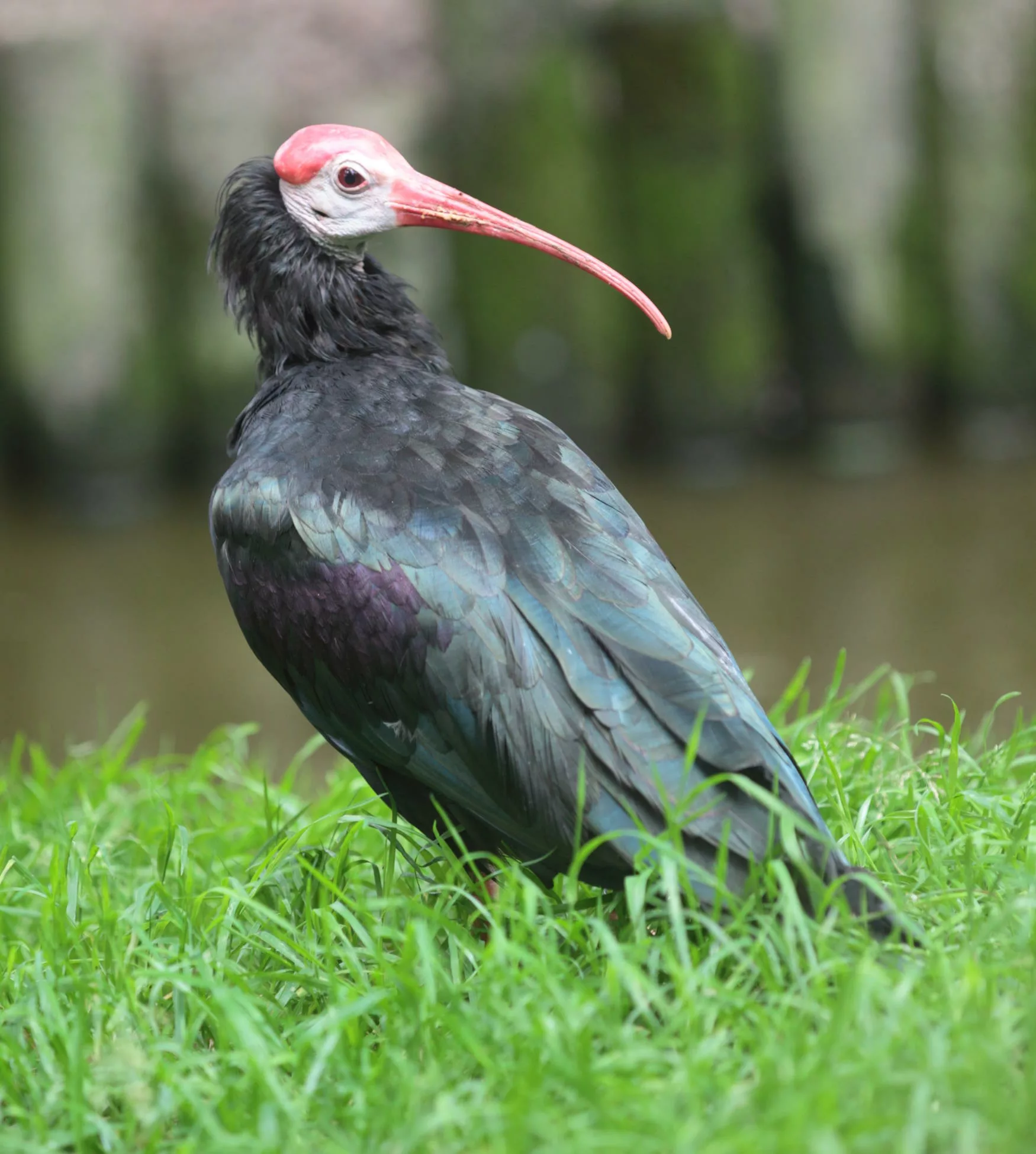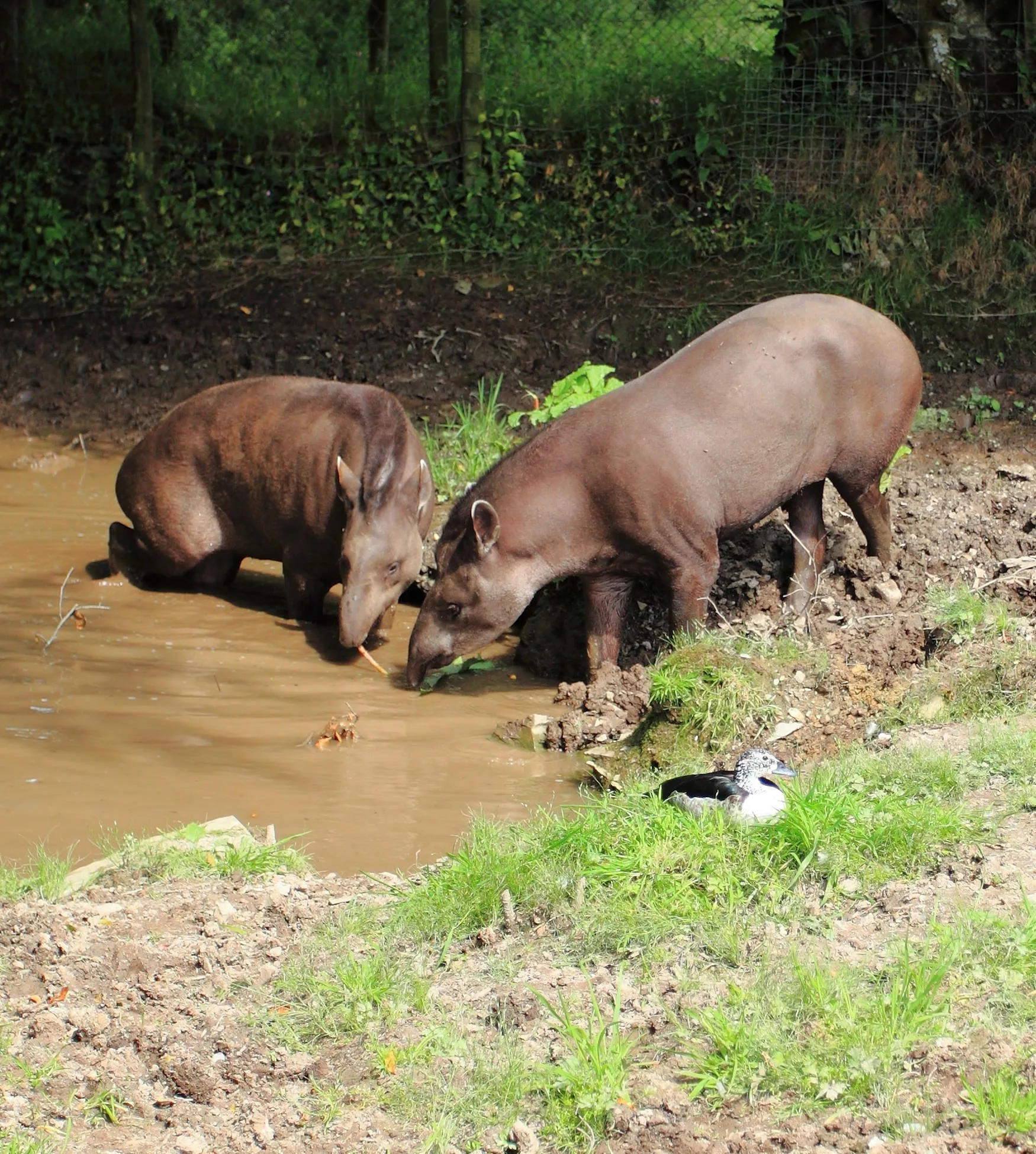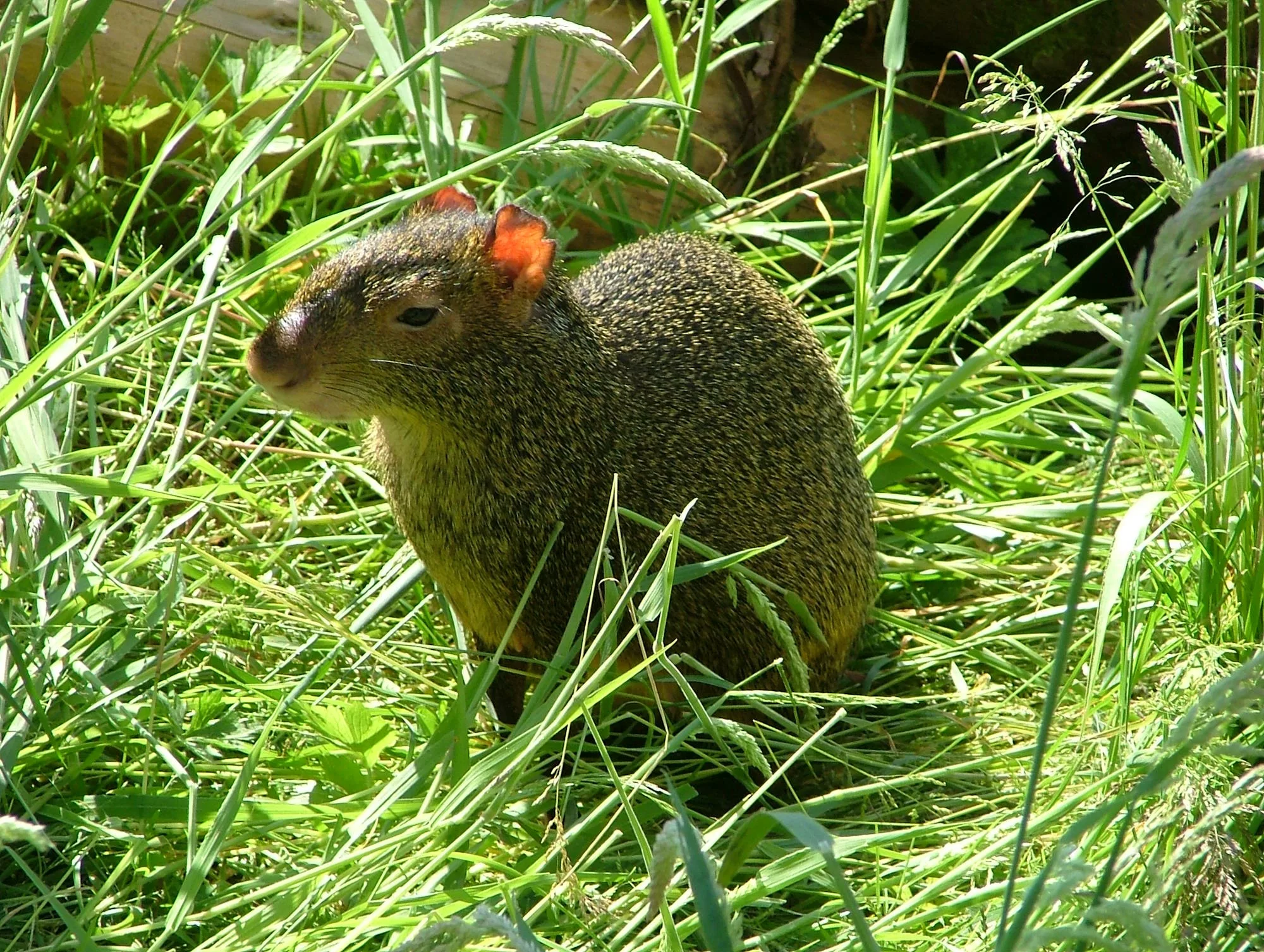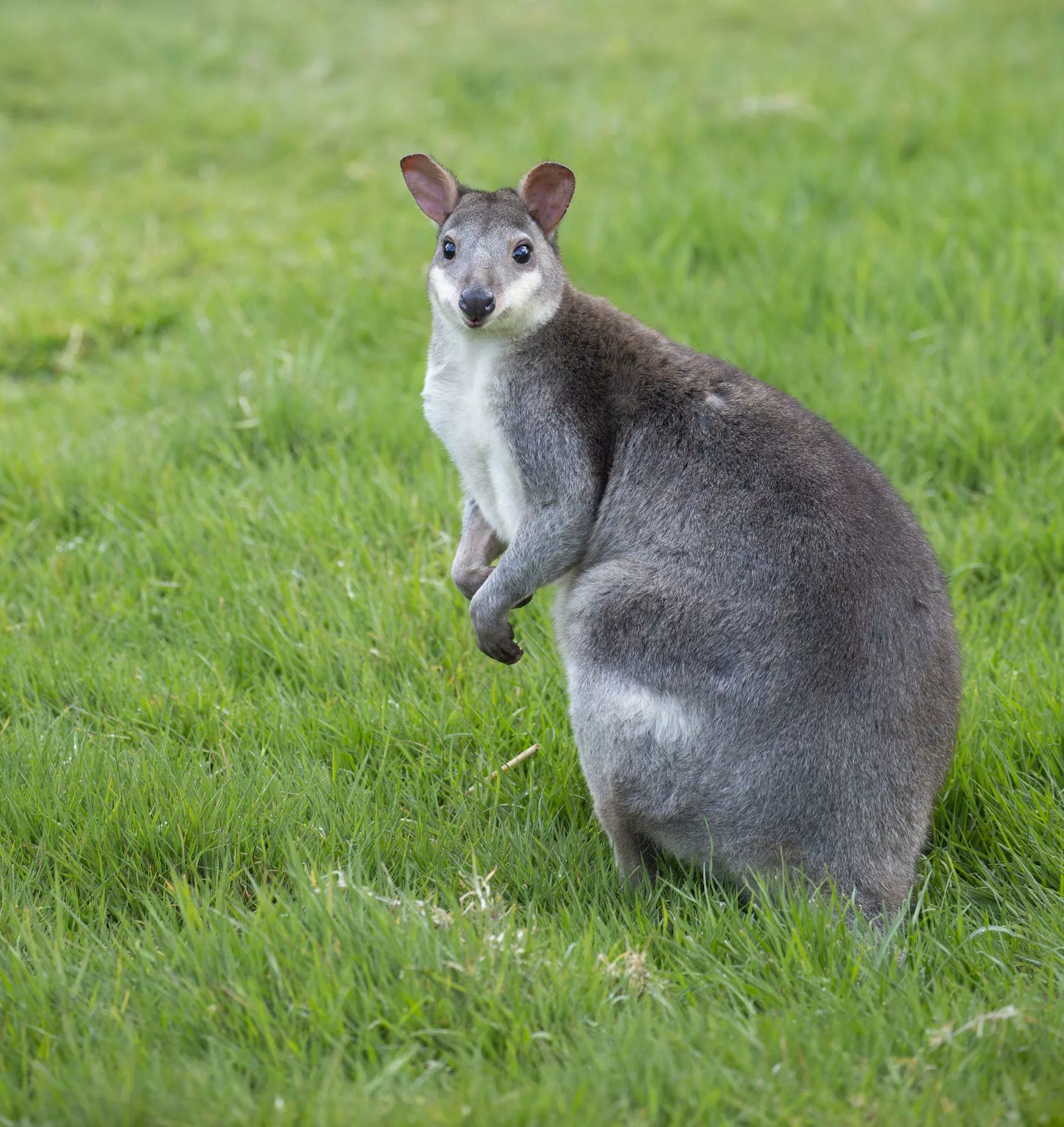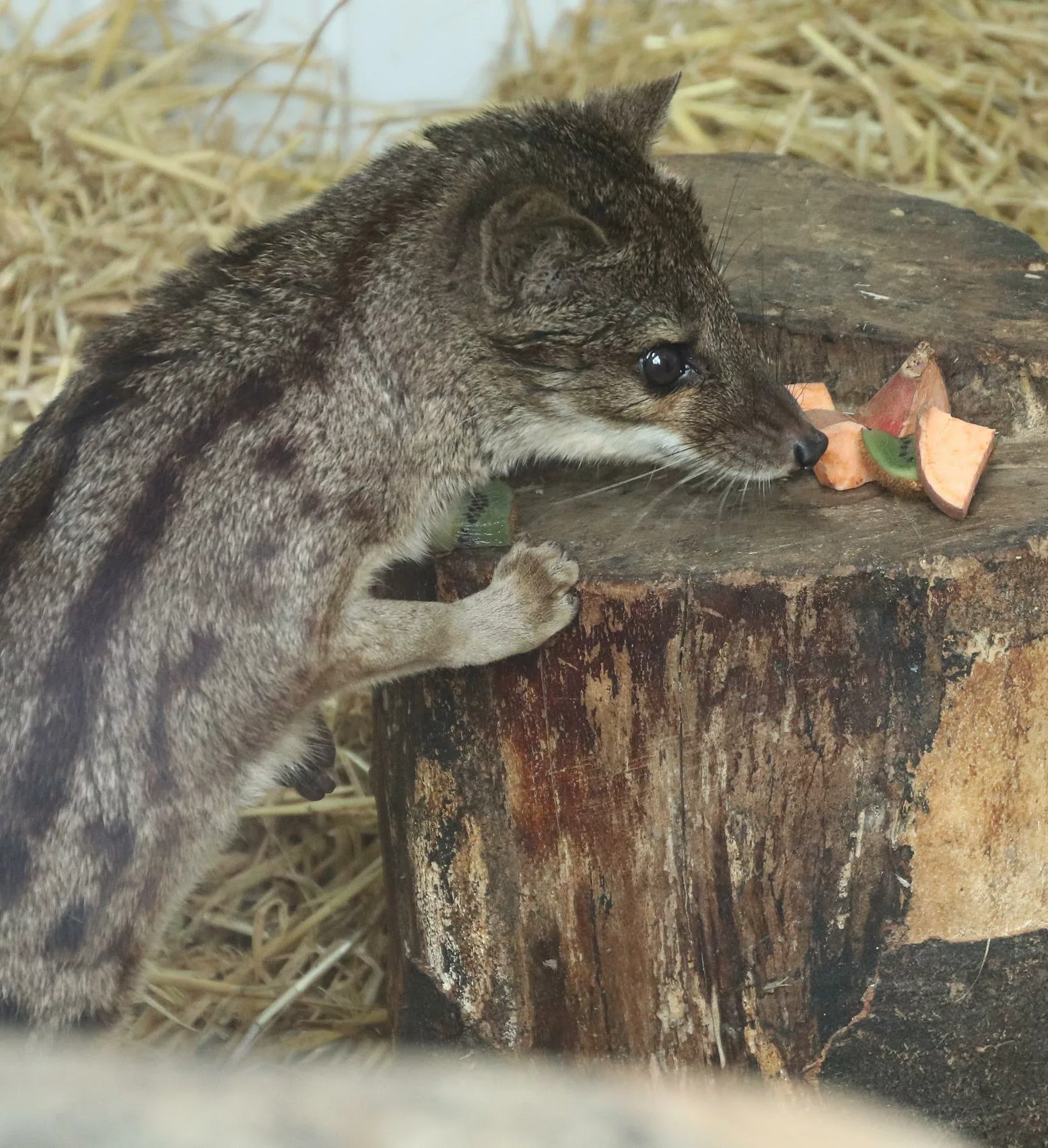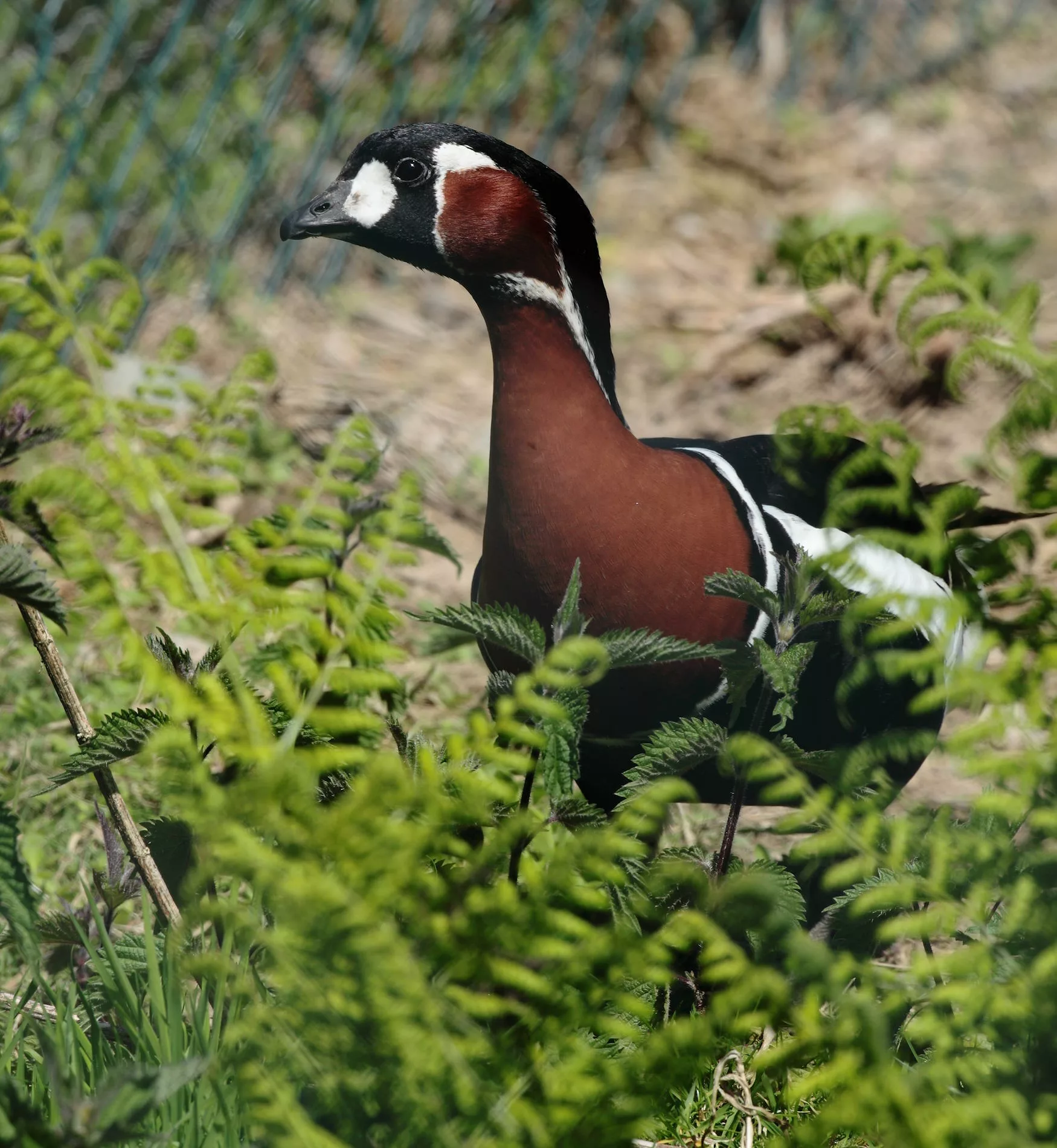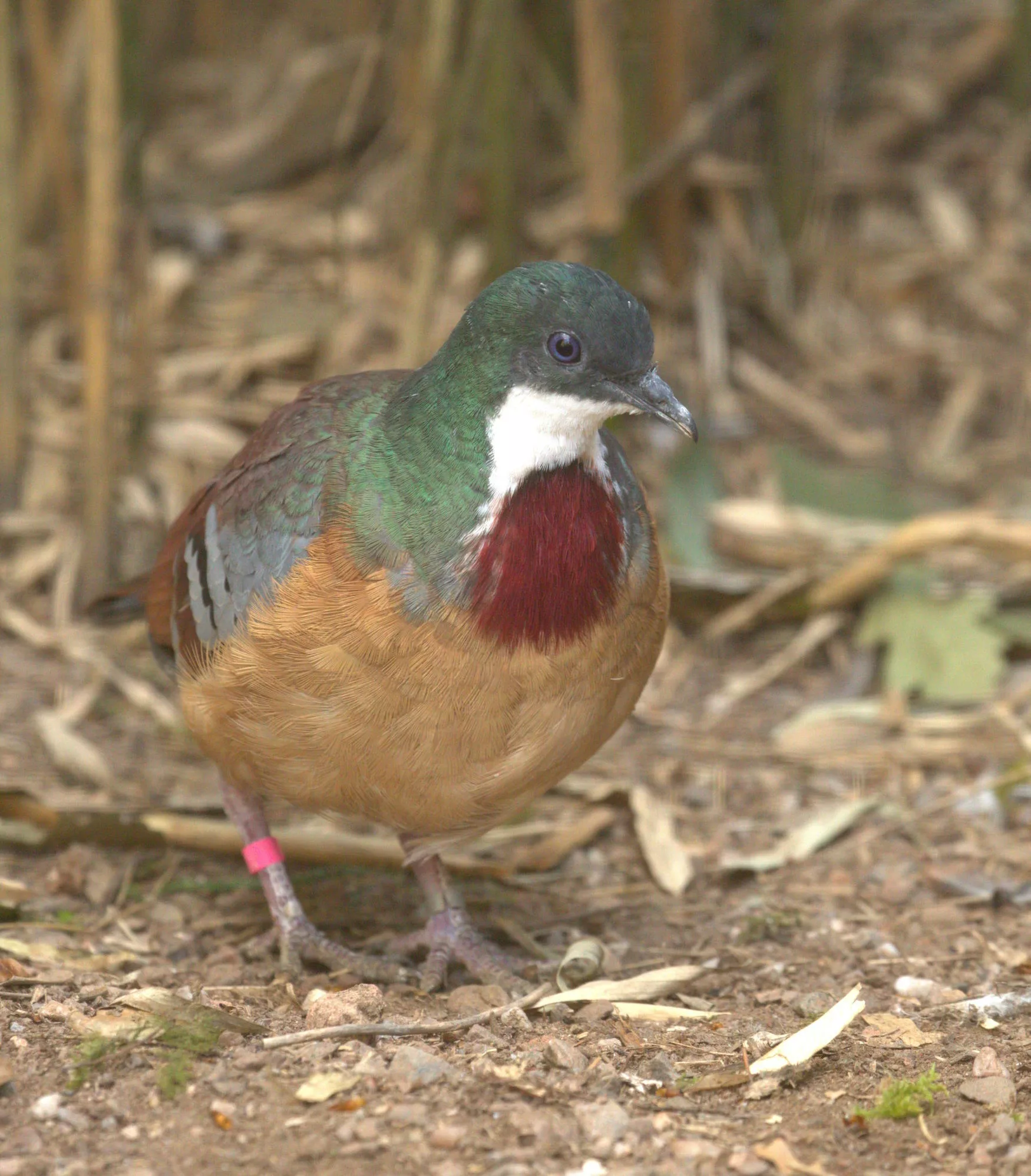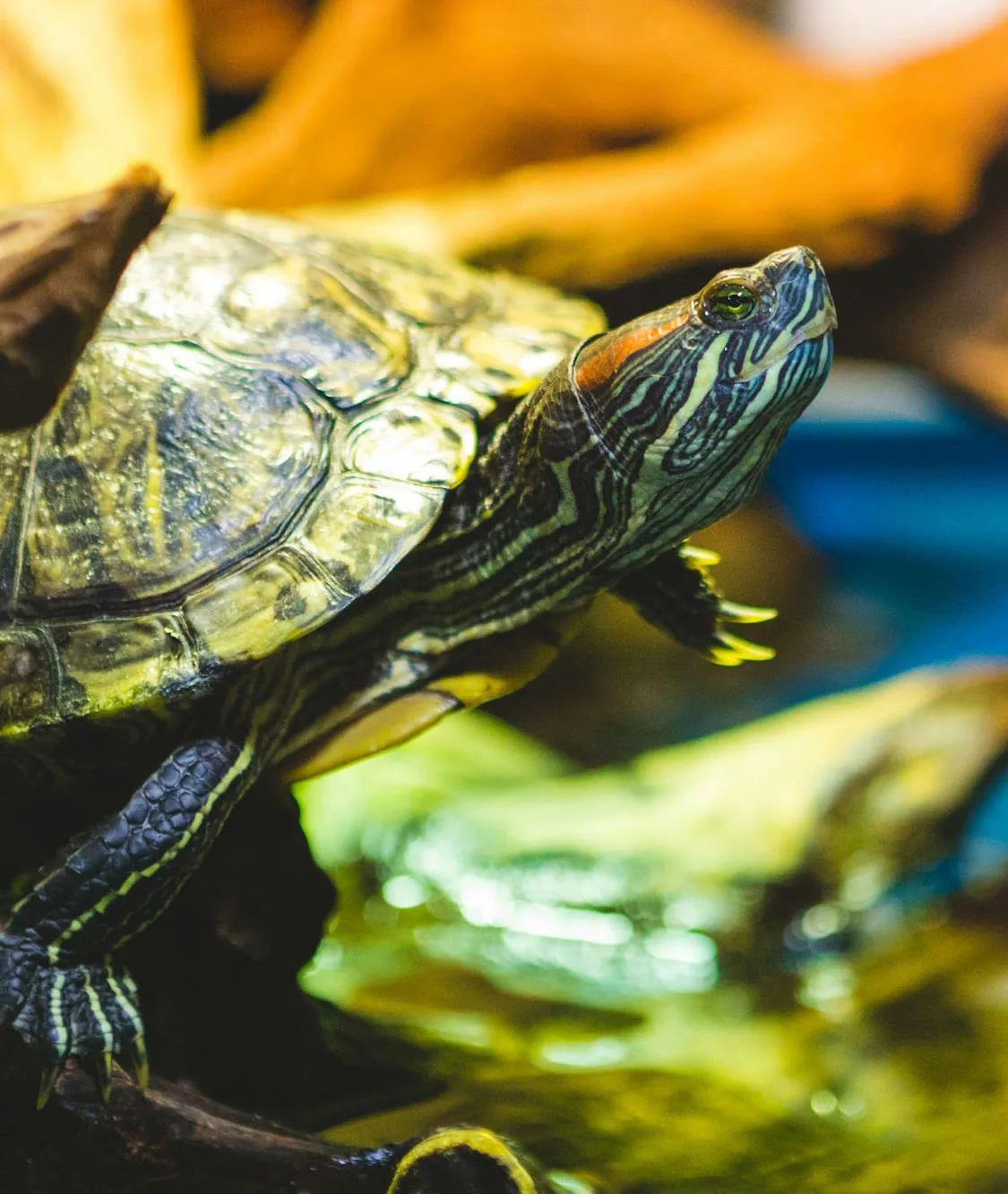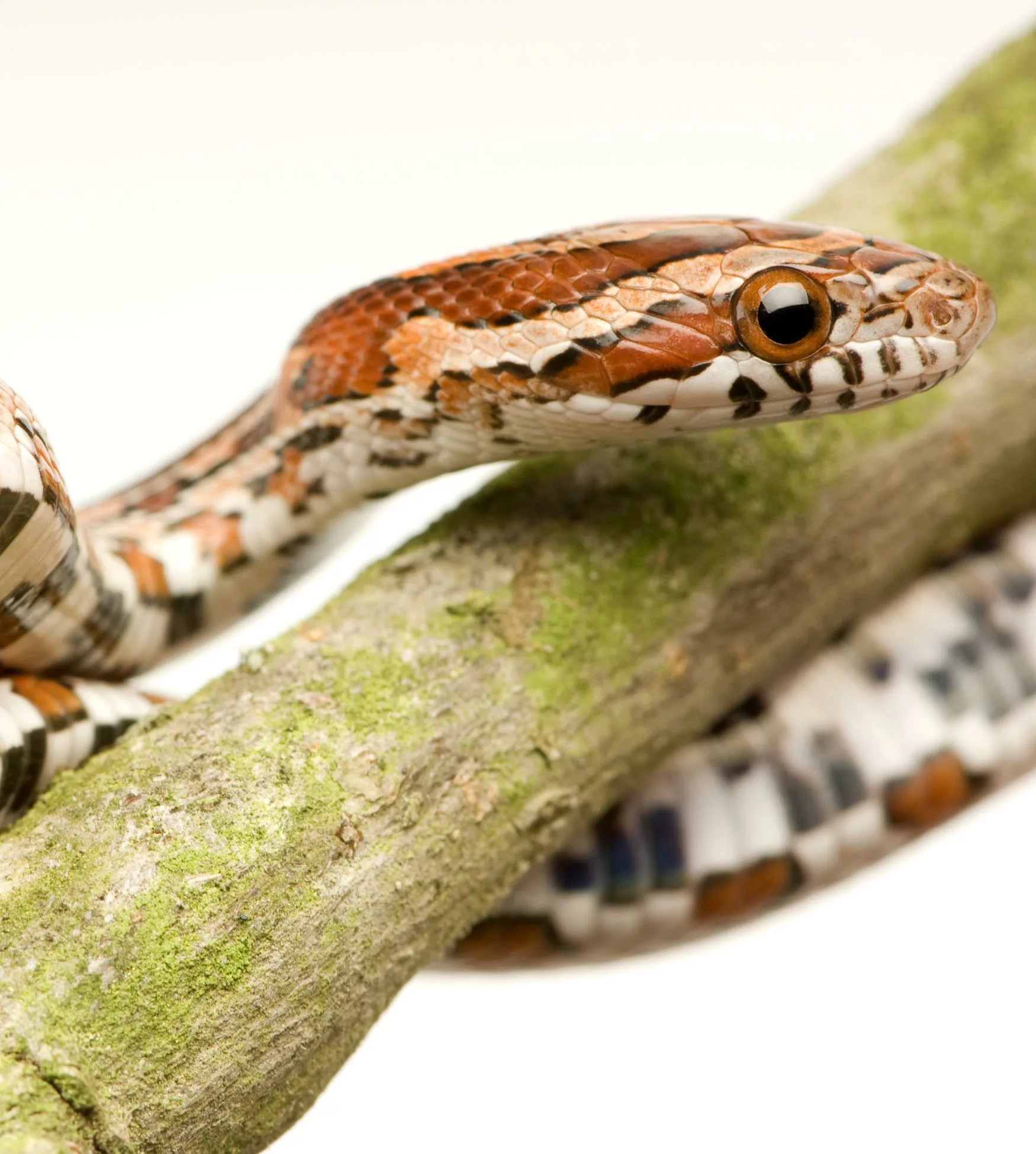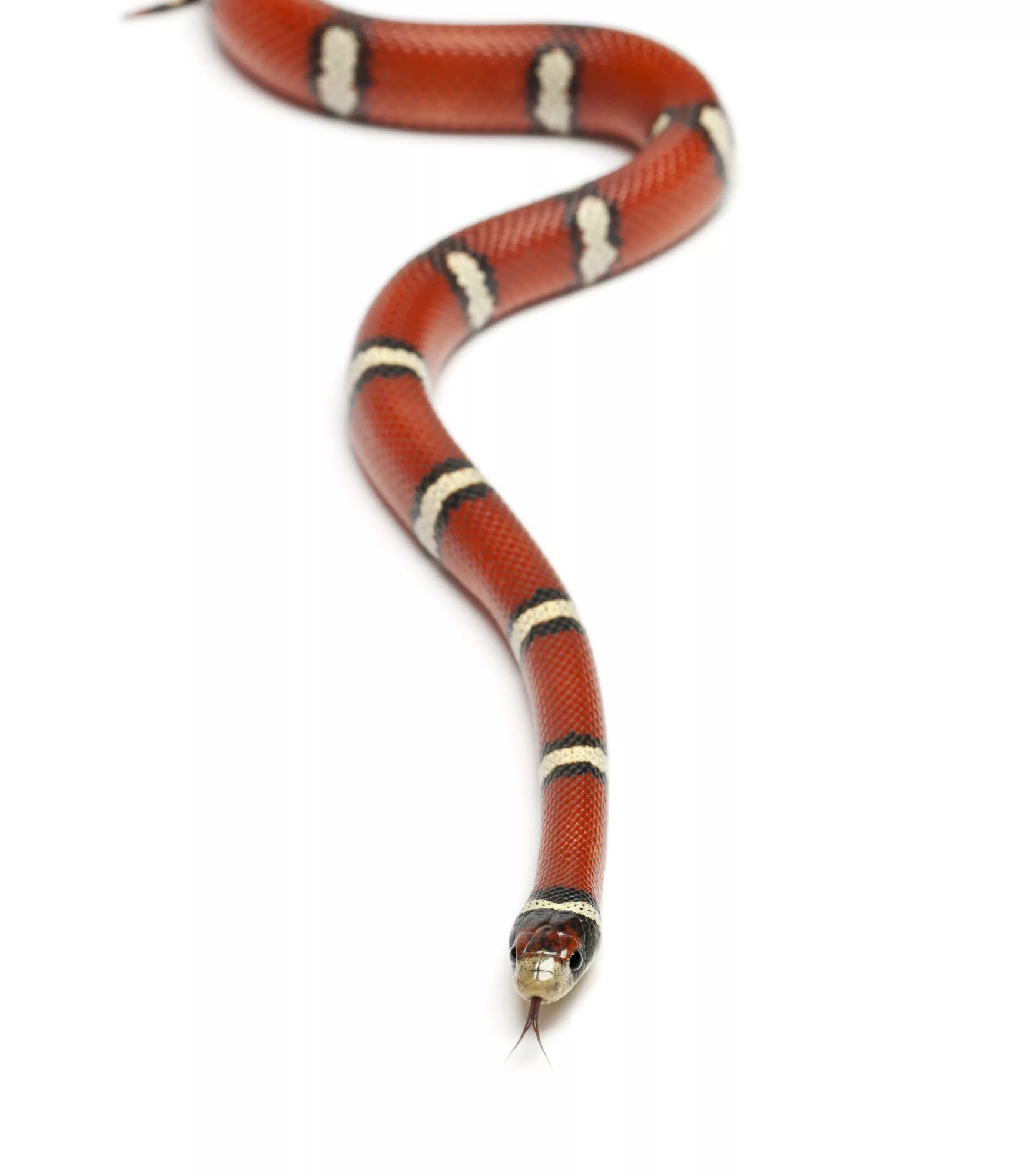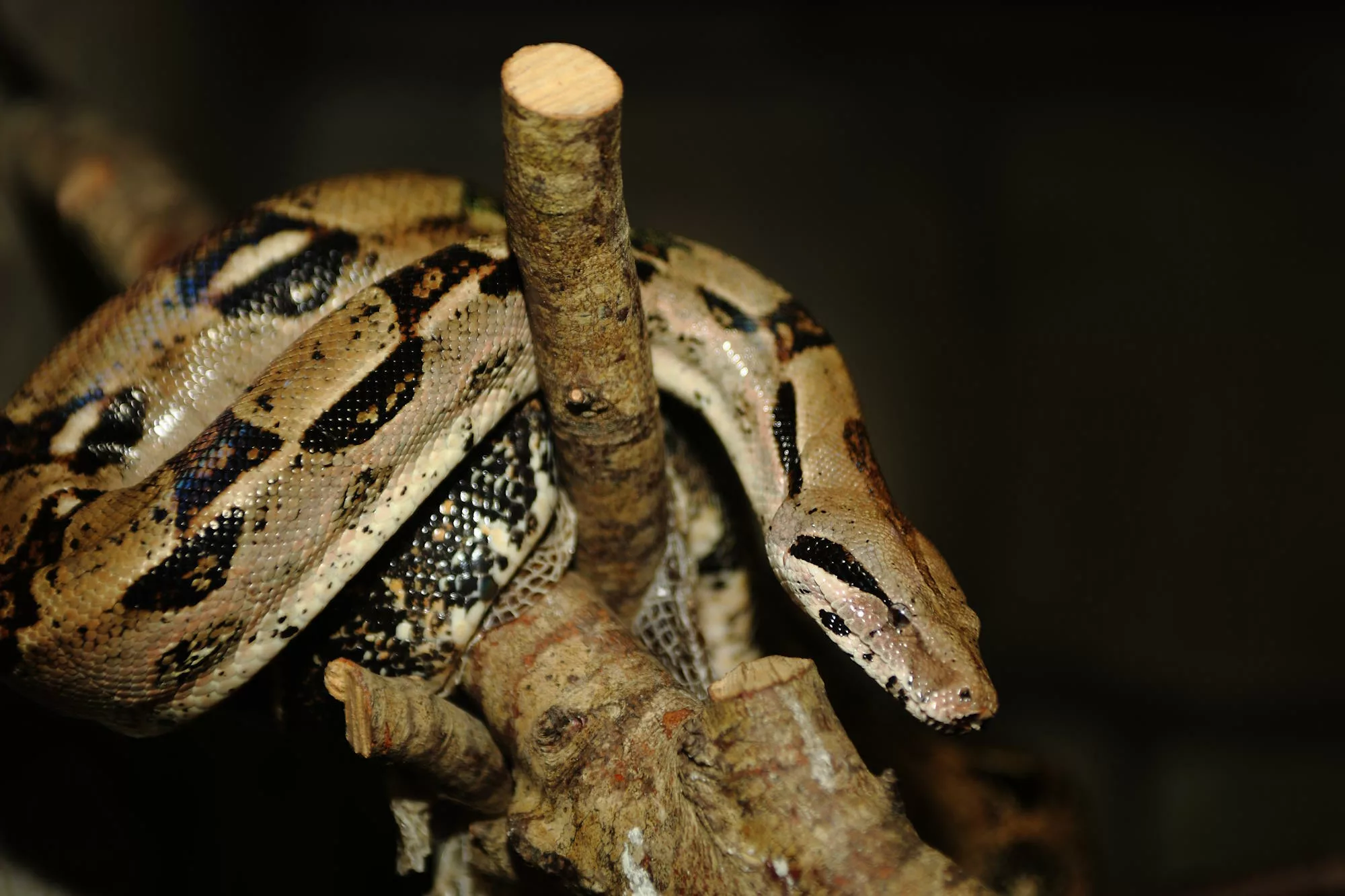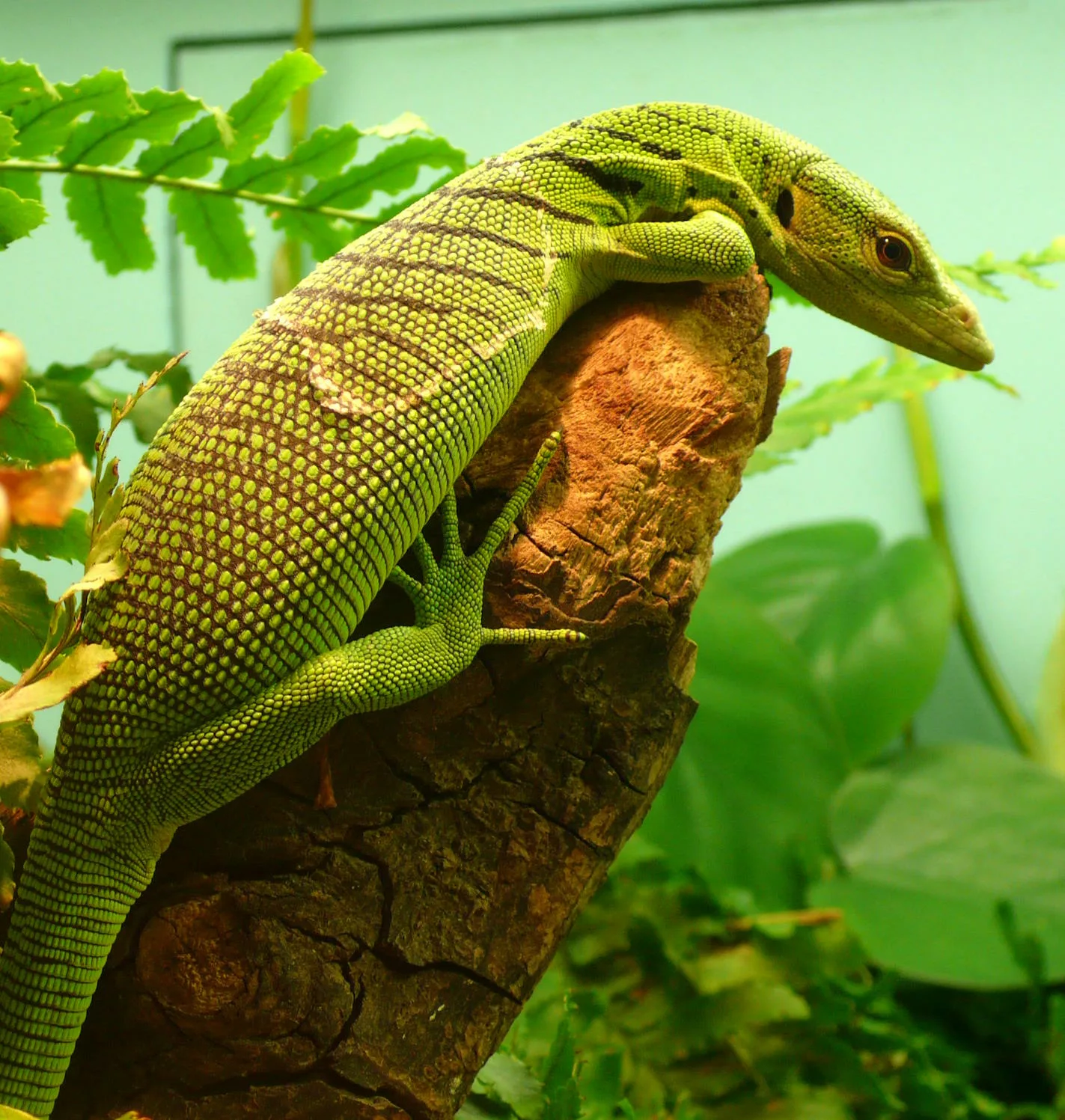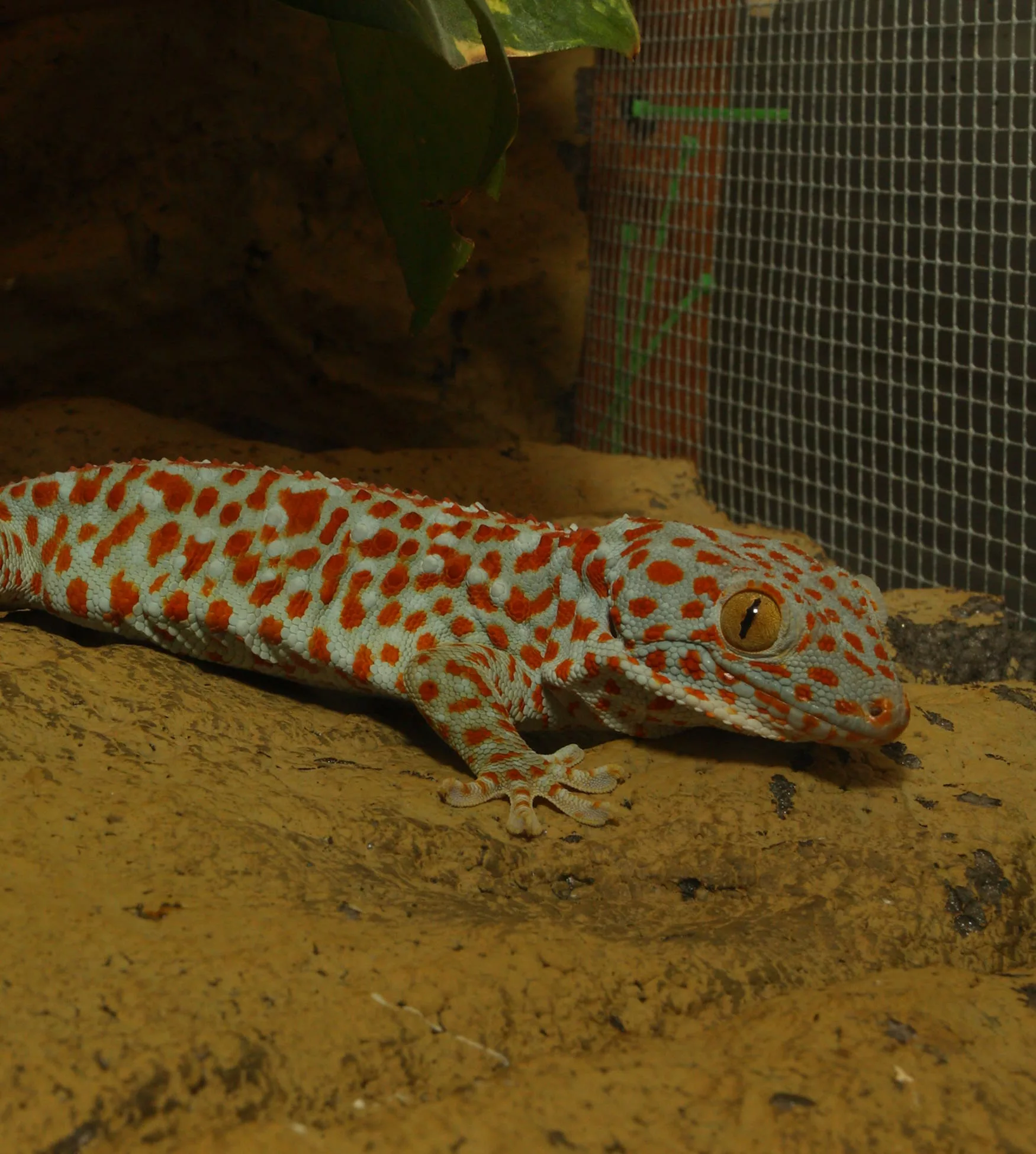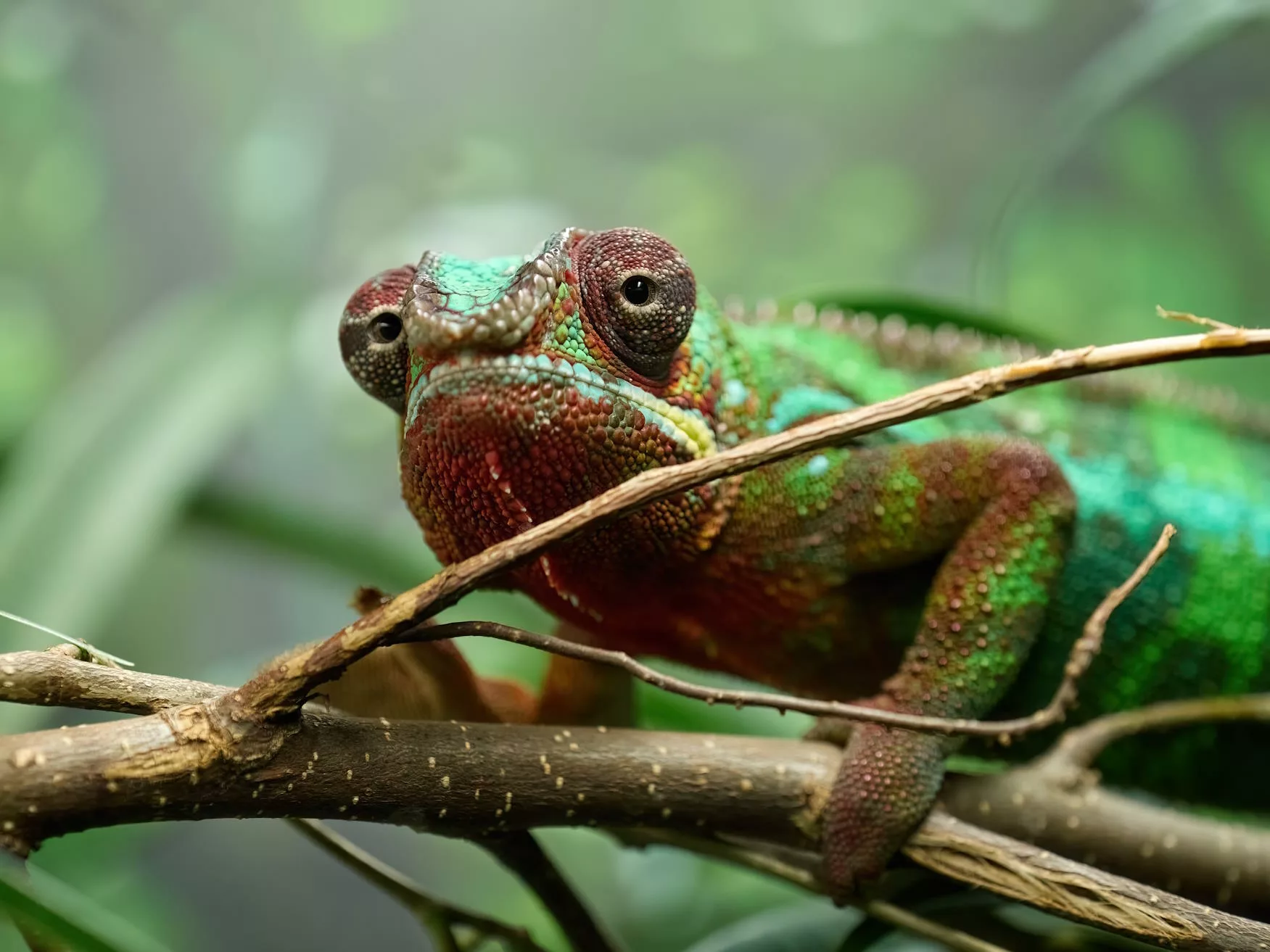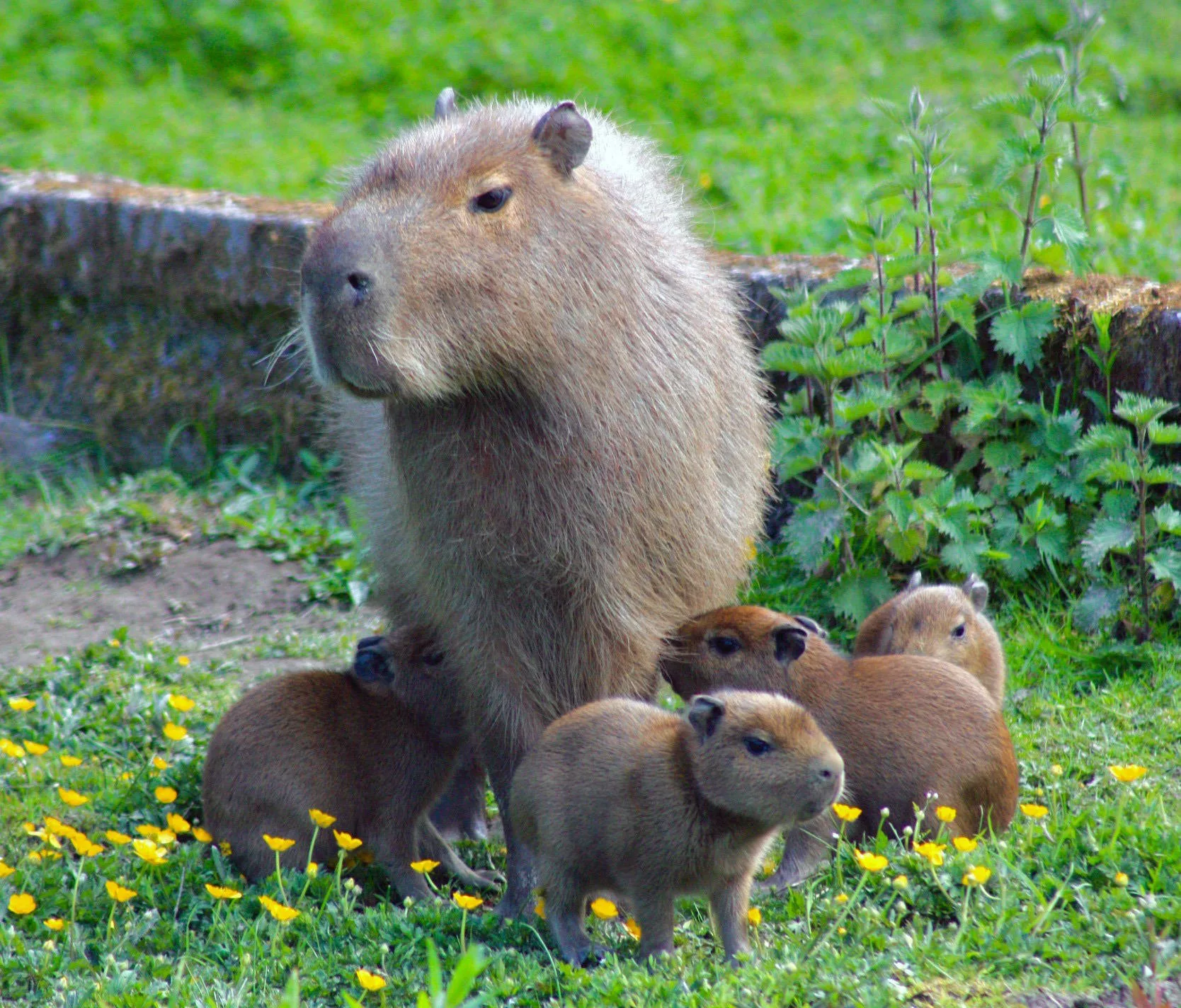
Red-necked wallaby
Scientific name: Notamacropusrufogriseus
IUCN listed as: Least Concern
Learn before you visit!
Here are some facts about the species – Discover what they eat, find out about their natural habitat, see what they like to do, and more… Set the reading style to suit you too, everyday speak or something aimed towards children.
Child-friendly
Everyday
Diet
The Red-Necked Wallaby is primarily a herbivore, feeding on a variety of plant materials. Their diet consists mainly of grasses, roots, leaves, and tree bark. They forage primarily at night, using their excellent sense of smell to locate food. This nocturnal feeding habit helps them avoid the heat of the day and potential predators. Their digestive system is well adapted to extract nutrients from fibrous plant material, ensuring they get enough energy to maintain their active lifestyle.
Red-Necked Wallabies mostly eat plants. They munch on grasses, roots, leaves, and tree bark. They like to find their food at night when it’s cooler and safer. Their tummies are really good at getting nutrients from these plants.
Breeding
Red-Necked Wallabies have a breeding season from December to May, though it can occur year-round in favourable conditions. Females give birth to a single joey after a gestation period of about 30 days. The newborn joey is tiny and immediately crawls into its mother’s pouch where it will continue to develop and nurse for around seven months. After leaving the pouch, the joey continues to suckle for several more months until it is fully weaned at about 12 months old. Females can have multiple young at different developmental stages simultaneously, which maximises their reproductive success.
Red-Necked Wallabies have babies mostly between December and May. The mother has one baby at a time, which lives in her pouch for around seven months. After it leaves the pouch, it still drinks milk for a few more months. Wallaby mums can have three babies at different stages of growing up all at once!
Habitat
The Red-Necked Wallaby is native to the coastal and highland regions of eastern Australia, including Tasmania. They inhabit a variety of environments such as eucalyptus forests, coastal scrub, and grasslands. These habitats provide them with ample food sources and shelter. Wallabies are well adapted to these environments, using their powerful hind legs to hop and their strong tails for balance. Habitat destruction due to human activities poses a significant threat to their populations, making conservation efforts crucial.
Red-Necked Wallabies live in eastern Australia and Tasmania. They like forests, coastal areas, and grasslands. These places give them lots of food and places to hide. They use their strong legs to hop around and their tails to keep their balance.
At the zoo
Our original wallabies were all hand-reared by us, making their descendants very calm and tame. Our “mob” population is always changing due to new births, but our breeding male, “Bert,” is easy to spot as he is the largest. You can feed our wallabies during one of our many free daily encounter activities.
We hand-raised our first wallabies, so their babies are very friendly and calm. Our group of wallabies changes a lot because of new babies, but you can always spot our breeding male, “Bert,” because he is the biggest. You can feed our wallabies during our free daily encounter activities.
Behaviour
Red-Necked Wallabies are mostly solitary but can form small groups, called mobs, when resources like food and water are abundant. They are primarily nocturnal, resting during the day and becoming active at night. Wallabies communicate through body language and vocalisations, using growls, hisses, and chattering sounds when threatened or excited. They are known for their “boxing” behaviour, where males fight for dominance and mating rights. Their social interactions and behaviours are complex and fascinating to observe.
Red-Necked Wallabies usually like being alone but will group together if there’s lots of food. They rest during the day and are active at night. They talk to each other with sounds like growls and hisses. Male wallabies sometimes “box” to show who’s the boss.
Fun facts
- Joey Development: Wallaby mothers can have three young at different stages simultaneously: an embryo, a pouch joey, and a suckling joey.
- Nocturnal Habits: They are primarily nocturnal, foraging at night to avoid heat and predators.
- Powerful Jumpers: Their strong hind legs allow them to leap great distances.
- Excellent Senses: Wallabies have keen hearing and a strong sense of smell.
- Social Structure: Males often engage in “boxing” to establish dominance.
- Baby Care: Wallaby mums can have three babies at different stages all at once.
- Night Creatures: They look for food at night to stay cool and safe.
- Amazing Jumpers: They can jump really far with their strong legs.
- Super Senses: Wallabies have great hearing and a strong nose.
- Boxing Matches: Male wallabies box to show who’s in charge.
More animals to discover at our zoo
Quick Links
Tickets & Prices
You can buy tickets for Exmoor Zoo securely online, as well as finding out more price options, discover offers, and more…
What’s on…
Exmoor Zoo hosts incredible Events all through the year. You can find out about what we’ve got in store here…
Routes & info
Like any great discovery, Exmoor Zoo can feel a little off the beaten path – but don’t worry – you can plan your journey with our recommended routes and other useful travel info.
